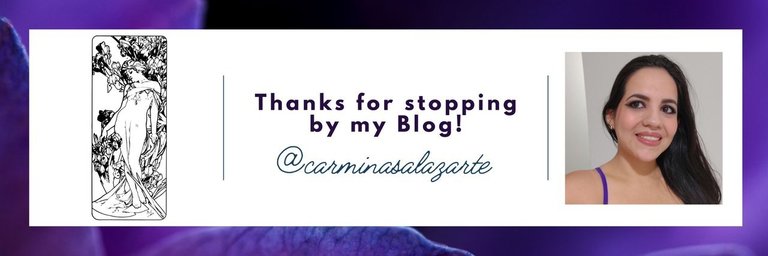




Greetings to everyone in the Lifestyle community! Today I'm joining you to share another day in the classroom. This time, I'm going to tell you about our continuation of the work we started on Monday. Next week we'll be presenting our Christmas Exhibition, which will mark the end of our Drawing Workshop for the year and, of course, showcase some of the work the students have been doing. Join me on this journey.
¡Saludos a todos en la comunidad de Lifestyle! El día de hoy me uno por aquí para compartir con ustedes un nuevo día en el aula de clases. En esta ocasión, les presento lo que fue nuestro día de continuación con respecto al trabajo que estuvimos haciendo el día lunes. Para esta próxima semana debemos presentar nuestra Exposición de Navidad, con motivo de darle fin a nuestro Taller de Dibujo por lo que va del año y de presentar por supuesto, algunos de los trabajos que los chicos han venido haciendo a lo largo de este tiempo. Acompáñame en este recorrido.





This week we've been looking at the human portrait. For any level, portraiture is one of the most difficult visual representations to execute. One of the reasons is achieving a likeness to the person being portrayed. For an artist to achieve this, it suggests they possess and apply knowledge such as proportion, symmetry, tonal values, observational techniques, skill with line work, and an understanding of the tools they use (hand position, pencil movement across the paper, and the necessary pressure). They also demonstrate the ability to synthesize information. This last point refers to the fact that, for me, a good drawing is one where the artist intelligently places each line to construct the elements they wish to represent, providing a clear and expressive reading for anyone. Although it reduces the amount of information, what is seen is still understood. That is to say, with just a few lines here and there, a good portrait is achieved. In contrast, sometimes including too much information only saturates the image and even tends to muddy it.
Esta semana estuvimos viendo el retrato humano. Para cualquier nivel, el retrato es una de las representaciones visuales más difíciles de ejecutar. Una de las razones, es lograr dar con el parecido de la persona a quién se retrata. Que el artista logre eso, sugiere que tiene y aplica conocimientos tales cómo: proporción, simetría, valores tonales, técnica de observación, es hábil con el trazo y entiende las herramientas que usa (la posición de la mano, el moviendo del lápiz a través del formato, la presión necesaria del lápiz) y sintetiza. Esto último en referencia a que, para mí, un buen dibujo es aquel dónde el artista ubica inteligentemente cada línea para construir los elementos que desea representar, otorgando una lectura entendible y expresiva para cualquiera. Aunque reduce la información, se entiende lo que se ve. Es decir, con unas pocas líneas por aquí y por allá, logra un buen retrato. Contrario a que a veces, colocar mucha información solo satura la imagen y hasta tiende a ensuciarla.





Of course, reaching that level requires practice, practice, and more practice. It was a bit disappointing for the kids to discover that they weren't achieving what they wanted when drawing portraits. And that's despite the fact that we had already done several exercises to loosen up and draw their classmates, taking into account their characteristics: whether they were a boy or a girl, head size, where it begins and ends, and notable features (larger ears, average forehead, mouth closer to or farther from the nose). Some started drawing without hesitation, but others really couldn't do it. So, at that point, no one could be forced to continue. So we took a break and moved on to something else, with the promise that they would finish the drawing at home. This is normal, as it's part of the process. I trust they understand that the final result is the least important thing right now, as my interest lies in them appreciating the process... where many decisions are made and the true artist emerges. With that said, thank you so much for stopping by.
Por supuesto, llegar a ese nivel requiere de: práctica, práctica y más práctica. Fue un poco decepcionante para los chicos, descubrir que no lograban lo que deseaban al hacer los retratos. Y eso que ya habíamos hecho varios ejercicios para soltar la mano y retratar al compañero tomando en cuenta sus características: si era niño o niña, tamaño de la cabeza, dónde comienza y dónde termina, aspectos destacables (orejas más grandes, frente promedio, boca más cerca o lejano a la nariz). Algunos se lanzaron a dibujar sin pena, pero otros realmente no pudieron hacerlo. Así que a ese punto no se puede obligar a ninguno a seguir. Así que hicimos un break y pasamos a algo más, con la promesa de que terminaran en casa el dibujo. Esto es algo normal, pues es parte del proceso. Confío en que ellos comprendan en que, el resultado ahorita mismo es lo de menos, pues mi interés está en que valoren el proceso... dónde se dan muchas resoluciones y generan al verdadero artista. Sin más que decir, muchísimas gracias por pasar por aquí.
